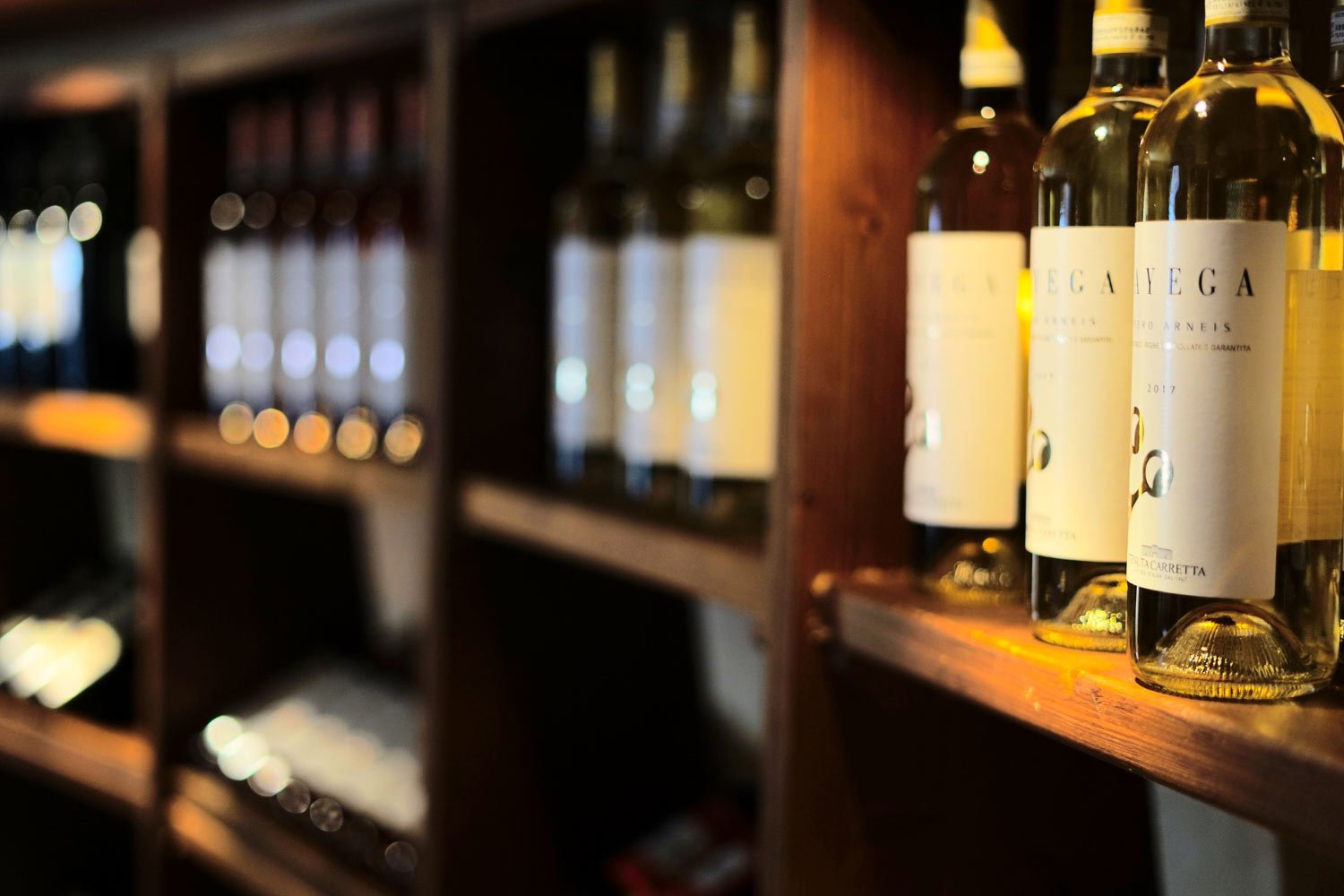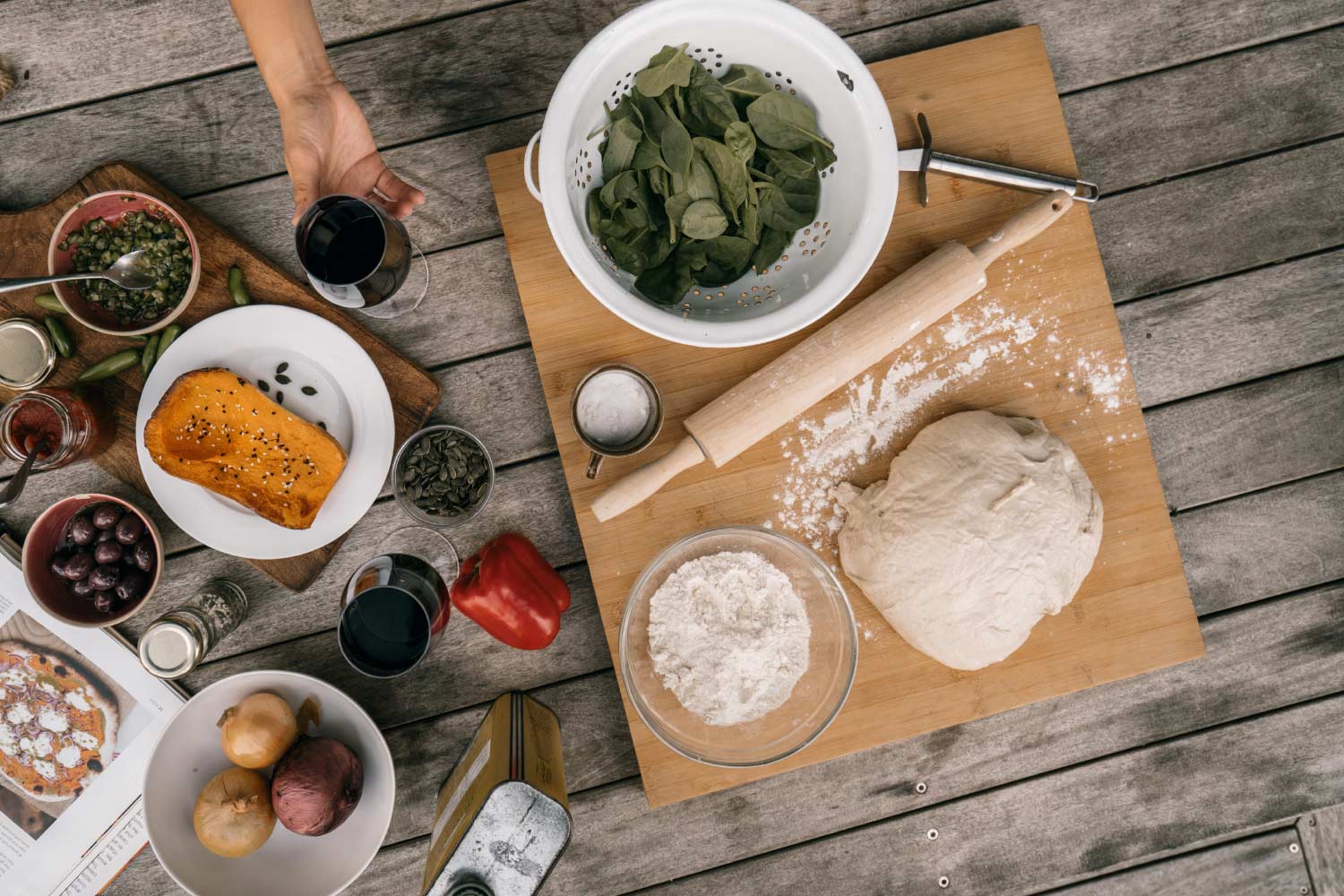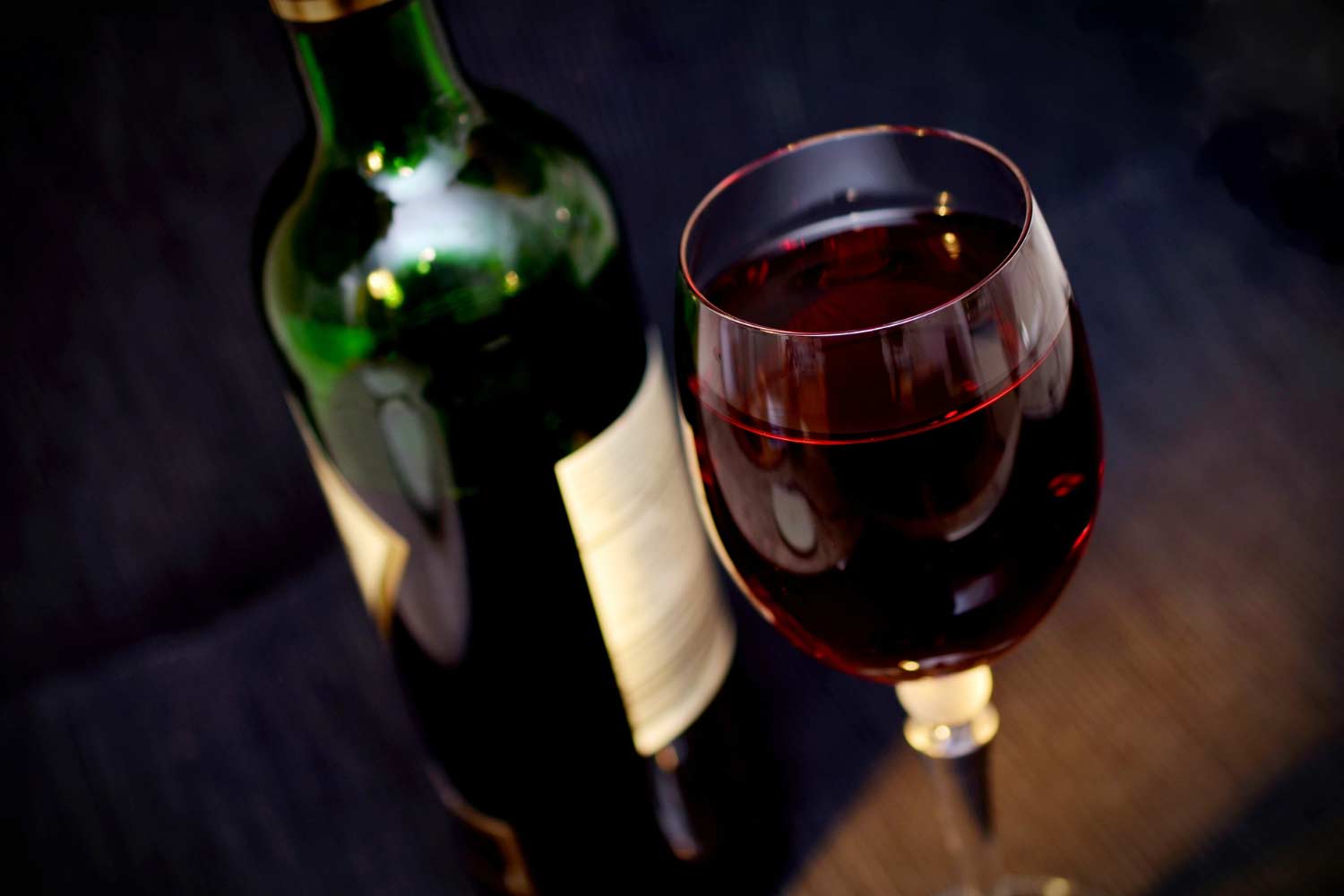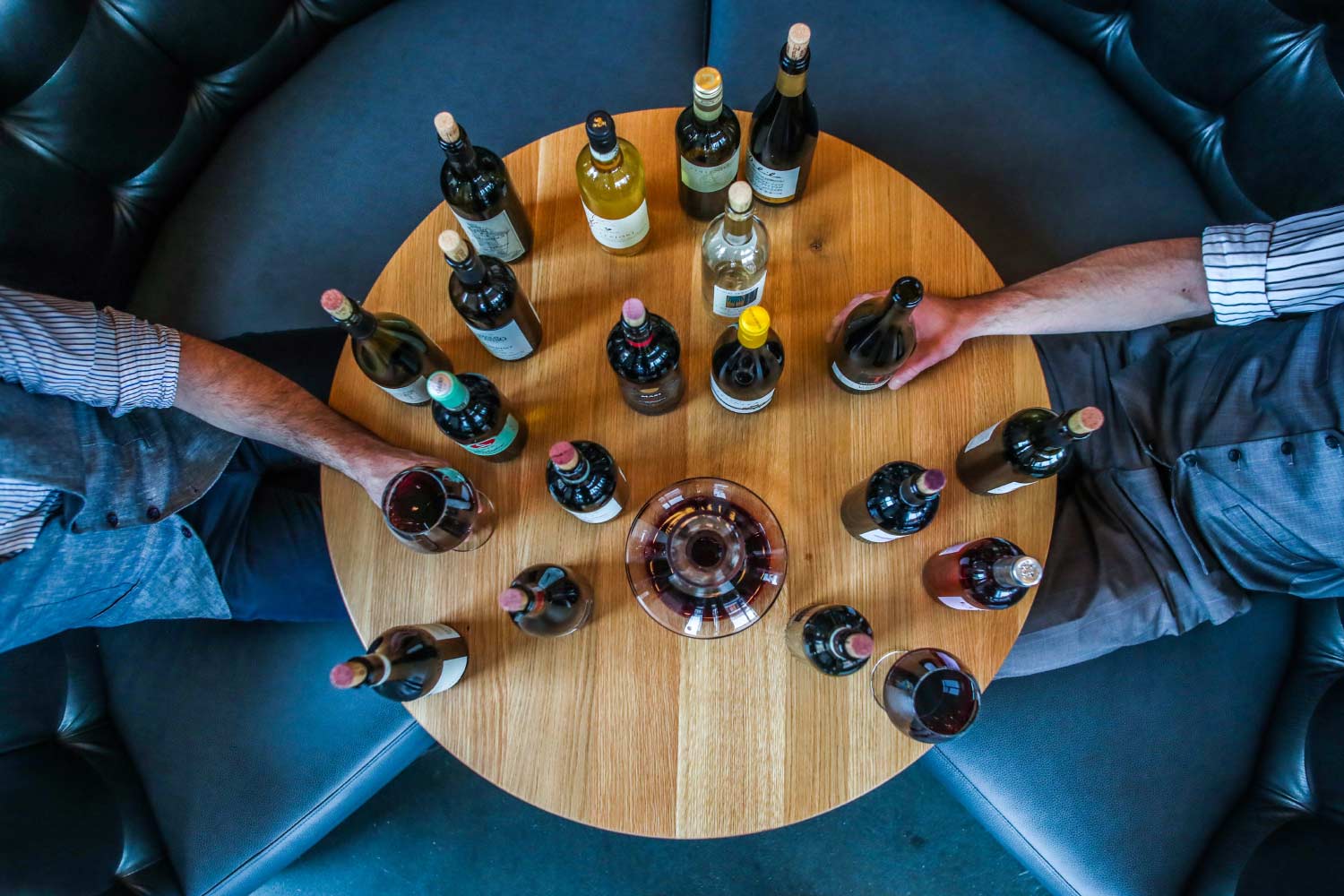Introduction
“Canada? You mean the land of snow, maple syrup, and… world-class wine?”
That was me, circa 2010, absolutely clueless. And to be honest, most folks I meet — even Canadians — are still surprised when they find out how damn good our wine has become.
We’re not just making wine here — we’re crafting it from wild terroirs that stretch across thousands of kilometres. From the desert-like Okanagan Valley to the foggy shores of Nova Scotia, Canadian wine regions are as diverse as they are underrated.
In this guide, I’ll take you coast to coast across Canada’s top wine regions. Whether you’re planning a weekend wine getaway, looking for the perfect bottle for your next dinner party, or just want to nerd out about soil and grapes (you’re my kind of people), you’ll find it all here.
I’ve toured the vines, sipped the goods, talked to winemakers, made a few bad tasting room choices (don’t chug the Gewürztraminer, trust me), and now? I’m passing on what I’ve learned.
Let’s pop the cork and dive into the hidden world of Canadian wine regions.
What Makes Canadian Wine Regions Unique?
Okay, picture this: grapes growing in a place where it snows half the year. Sounds nuts, right? But that’s exactly what makes Canadian wine so special.
Cool Climate Advantage
Because of our cooler climate, Canadian grapes ripen slower — which actually leads to wines with higher acidity, lower sugar, and way more complexity. The flavour profiles are sharp, crisp, and clean. If you love food-friendly wines, you’re gonna vibe with what we grow here.
Latitude vs. Altitude
You’d think our latitude would kill any chance at decent wine, but altitude saves us in a big way. In BC especially, vineyards sit on slopes that get tons of sunlight while staying cool enough to preserve acidity.
Lakes, Microclimates, and the Magic of “Lake Effect”
Large bodies of water like Lake Ontario and Okanagan Lake act like thermal blankets. They keep things cool in the summer, warm in the winter — and let grapes survive brutal temperature swings.
Icewine & Short Growing Seasons
Let’s not forget our world-famous Icewine. Canada is basically the king of Icewine because our grapes can hang until -8°C hits — the magic temp for harvest. Add short but intense growing seasons and you get grapes bursting with flavour.
British Columbia Wine Regions
Ah, BC. The wild west of Canadian wine. The Okanagan Valley gets most of the attention, and rightfully so — it’s a legit wine paradise.
Okanagan Valley
This place is basically Canada’s Napa. Desert heat during the day, cool nights, and a lake in the middle that moderates the whole deal. You get everything from bold reds (Syrah, Merlot) to juicy whites (Pinot Gris, Gewürz).
A tip? Don’t sleep on wineries in Naramata Bench — I once tried a Cab Franc there that tasted like cherry cola and wild sage. It was weird. It was magical. I still think about it.
Similkameen Valley
The rebel cousin to the Okanagan — less commercial, more rustic. The wines here have a raw, mineral edge thanks to the stony soils. If you’re into natural wines, this is your jam.
Vancouver Island & Gulf Islands
Smaller production, cooler temps. Think coastal whites and Pinot Noir with a salty breeze. Great for slow sippers who want something light and food-friendly.
Ontario Wine Regions
Ontario is Canada’s wine heartland — it’s where most of the country’s wine is produced. The climate’s tough, but the winemakers? Tougher.
Niagara Peninsula
This is where I had my first proper wine tasting. I was 22, broke, and had no idea what a spittoon was. I drank everything.
Niagara’s wine scene is diverse and electric — Riesling is king, but Chardonnay and Cab Franc are stars too. Icewine was born here (kinda). And the Niagara Escarpment gives vines the drainage and sunlight they need to thrive.
Go during the fall. The leaves turn fire-orange and the wine flows like a good story.
Prince Edward County
Quaint, artsy, and cold as hell in the winter. But PEC is producing some of Canada’s most elegant Chardonnay and Pinot Noir. The limestone-rich soils here are similar to Burgundy’s. It’s like France… but with poutine.
Lake Erie North Shore
The underdog. Warmer than Niagara, which means bolder reds. It’s got potential, and a few wineries here are absolutely crushing it with Cabernet Sauvignon.
Nova Scotia’s Emerging Wine Scene
Nova Scotia wines surprised the hell out of me.
They’ve leaned hard into crisp whites and sparkling wines, and it’s working. The Tidal Bay appellation — unique to the region — is basically Nova Scotia’s signature. Light, zippy, and made for seafood.
Key Regions
- Annapolis Valley: Beautiful, ocean-influenced vineyards
- Gaspereau & Bear River: Smaller but mighty
- Wineries to watch: Benjamin Bridge (sparkling gods), Domaine de Grand Pré
I once had lobster with a chilled Tidal Bay and nearly cried. That good.
Quebec and the Prairies — The New Frontiers
Quebec wine is weird — and I mean that in the best way.
They’re growing hybrid grapes like Frontenac and Maréchal Foch, which can survive deep freezes. The result? Funky, juicy, expressive wines. Some taste like berries and spice, others like forest floor. It’s a vibe.
Saskatchewan & Manitoba are even more experimental. Cold-hardy grapes and micro-wineries are popping up, proving that where there’s passion, there’s Pinot (or something like it).
Canadian Wine Region Map and Travel Tips
Planning a trip? Here’s what I’ve learned the hard way:
- Don’t try to cram too many wineries into one day. Your palate gets shot by winery #3.
- Book ahead. Especially in Ontario and BC — tastings fill fast.
- Bring a cooler. If you’re buying bottles in summer, this is essential.
- Travel seasons:
- Spring = fewer crowds
- Summer = full bloom
- Fall = harvest and magic
- Winter = Icewine tastings + cozy vibes
Understanding Canadian Terroir: Soil, Climate, and Culture
What’s “terroir”? It’s everything — the soil, the sun, the slope, the culture. And in Canada, it changes from vineyard to vineyard.
- Soils: BC has sandy, volcanic, glacial soils. Ontario has limestone. Quebec? Clay and riverbed.
- Climate: From arid valleys to maritime fog, we’ve got it all.
- Culture: You’ll find sustainability, Indigenous winemakers, experimental blends — the Canadian wine scene is young and still writing its story.
Planning Your Canadian Wine Tour (With Resources)
Start local. Then branch out. Here’s how I plan mine:
- Use wine route maps from local tourism boards (many have free PDFs)
- Mix big names (like Inniskillin or Mission Hill) with small family-run wineries
- If you’re staying overnight, look for vineyard stays or glamping pods
- Want no stress? Book a guided tour. No one wants to DD after six tastings.
- Don’t forget the snacks. Seriously. Cheese is your best friend.
Conclusion
Canada might not be the first place people think of when they hear “wine country,” but maybe that’s the best part.
It’s still a bit of a secret.
A secret packed with passionate winemakers, mind-blowing bottles, and scenery that belongs in a painting.
Whether you’re sipping Syrah in the Okanagan, swirling Riesling in Niagara, or discovering the crisp whites of Nova Scotia — you’re tasting more than wine.
You’re tasting the story of the land.
Been on a Canadian wine tour? Got a favourite bottle or hidden gem? Drop it in the comments — I’d love to check it out.
Cheers to discovering the best of Canadian wine regions.





